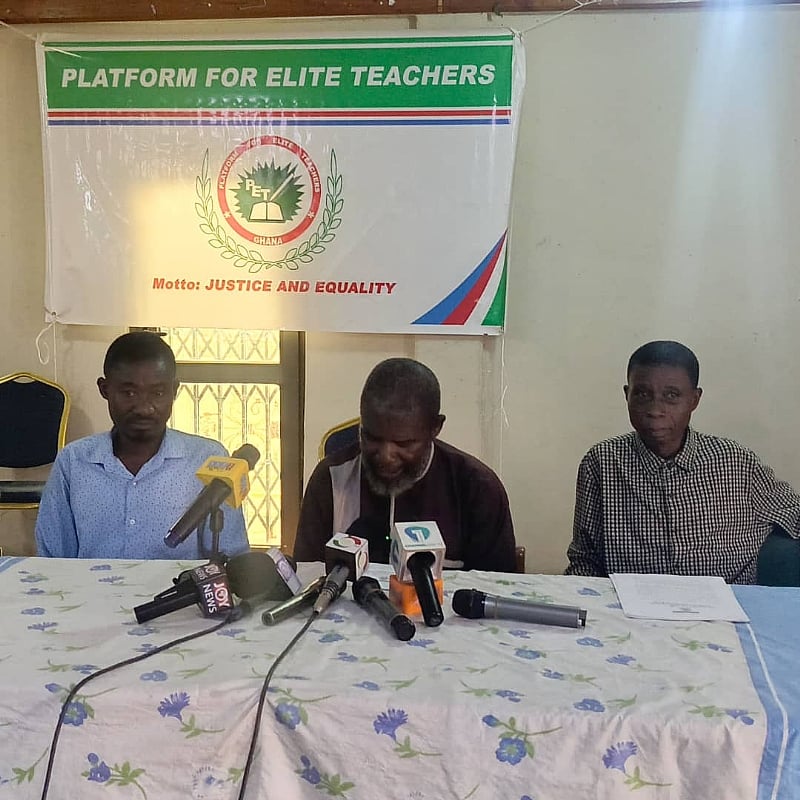The debate surrounding the teacher and nursing trainee allowance in Ghana has resurfaced, with the Platform for Elite Teachers (PET) advocating for its complete abolition. PET argues that the allowance, originally intended to support students pursuing these crucial professions, is no longer economically justifiable, particularly given the elevation of teacher training to degree programs. They contend that maintaining this allowance creates an unfair disparity between teacher and nursing trainees and students in other tertiary institutions like polytechnics and universities, who do not receive similar financial support. PET believes that resources currently allocated to these allowances could be better utilized elsewhere within the education sector.
The historical context of this debate is significant. The allowance has been a subject of contention for years, with successive governments grappling with its implications. Under the Mahama administration, attempts to cancel the allowance were met with strong resistance, highlighting the sensitivity of the issue. Although the current Minister of Education has denied any intention to scrap the allowance, the PET’s call for its abolition has reignited the discussion, bringing the issue back into the public spotlight. The economic implications of maintaining the allowance versus redirecting funds towards other educational needs are at the heart of the controversy.
PET’s core argument rests on the principle of equity within the tertiary education system. They highlight the fact that teacher and nursing training programs are now degree-level qualifications, equivalent to those offered by universities and polytechnics. Therefore, they believe that continuing to provide allowances solely to teacher and nursing trainees creates an uneven playing field, effectively discriminating against students in other fields. This perceived inequality fuels PET’s call for either universal application of the allowance across all tertiary institutions or its complete removal to ensure fair treatment of all students pursuing higher education.
The economic rationale behind PET’s stance revolves around the idea of efficient resource allocation. They suggest that the funds currently directed towards the allowance could be more effectively utilized to address broader challenges within the education sector. Potential alternative uses could include improving infrastructure, enhancing educational resources, or providing financial aid to students from disadvantaged backgrounds across all disciplines. By removing the targeted allowance, PET believes the government could create a more equitable and impactful distribution of resources within the education system.
However, the opposing viewpoint emphasizes the crucial role these allowances play in attracting and retaining students in the teaching and nursing professions. These are vital sectors often facing shortages of qualified personnel, particularly in underserved areas. The allowance acts as an incentive, encouraging individuals to pursue these careers despite the demanding nature of the work and relatively lower salaries compared to other professions. Removing the allowance could potentially discourage prospective teachers and nurses, exacerbating existing workforce shortages and impacting the quality of healthcare and education services.
Furthermore, proponents of the allowance argue that it provides essential financial support to students from low-income families, enabling them to access tertiary education and pursue careers in these vital fields. For many, the allowance is the difference between being able to afford their education and being forced to abandon their aspirations. Removing this support could disproportionately impact students from disadvantaged backgrounds, limiting their opportunities and potentially widening the gap in access to quality education and professional careers. This social equity dimension adds another layer of complexity to the debate.


